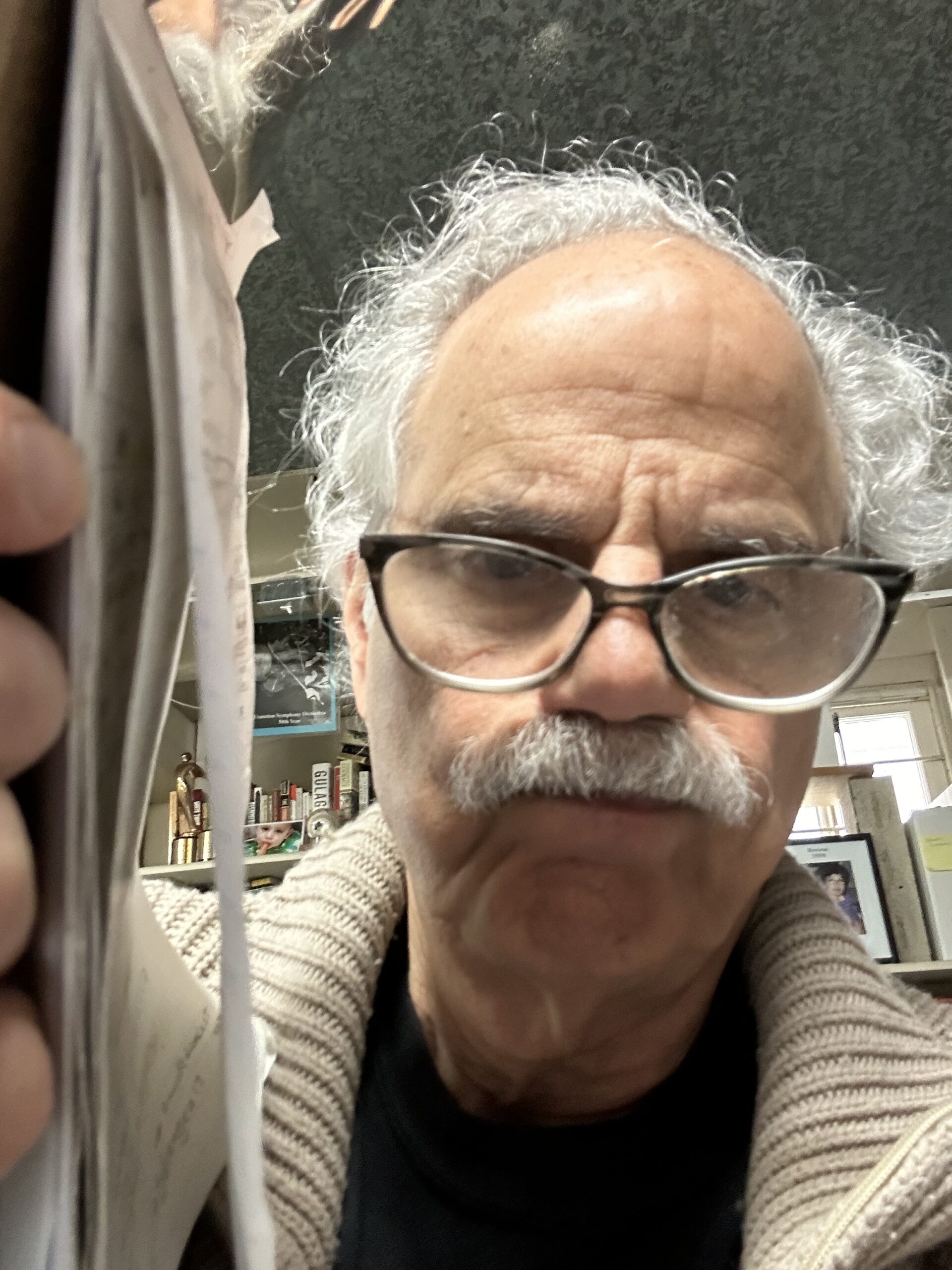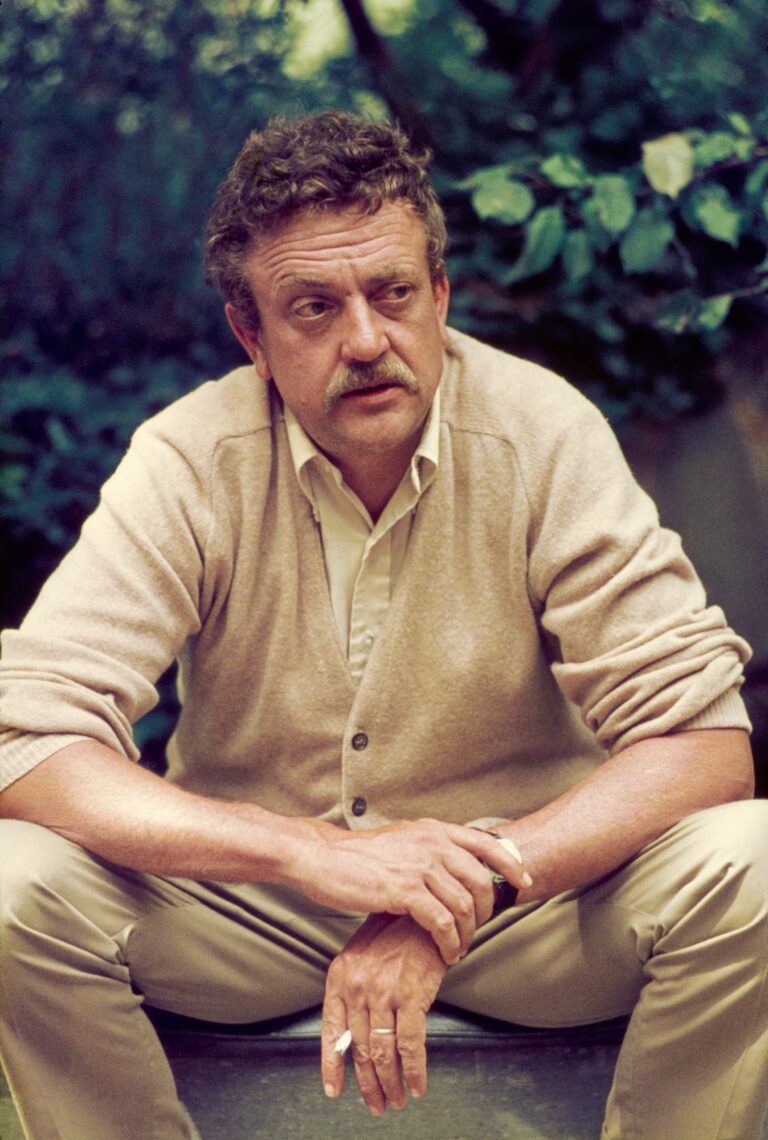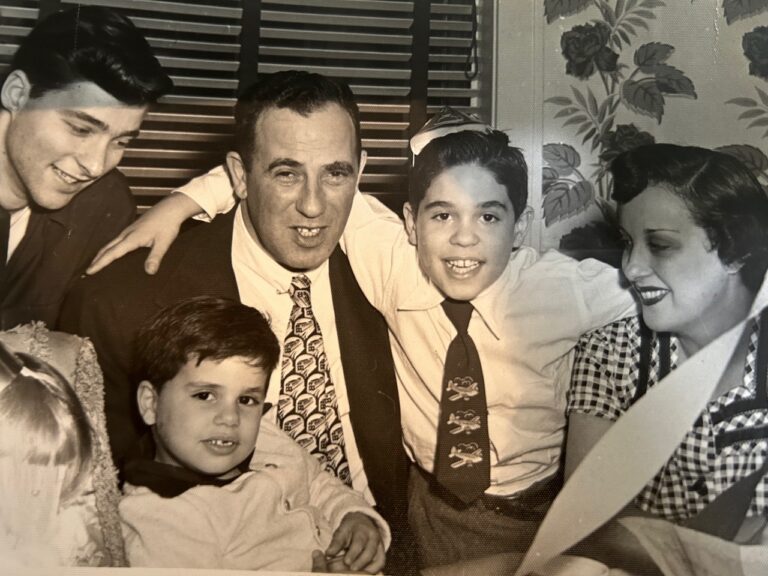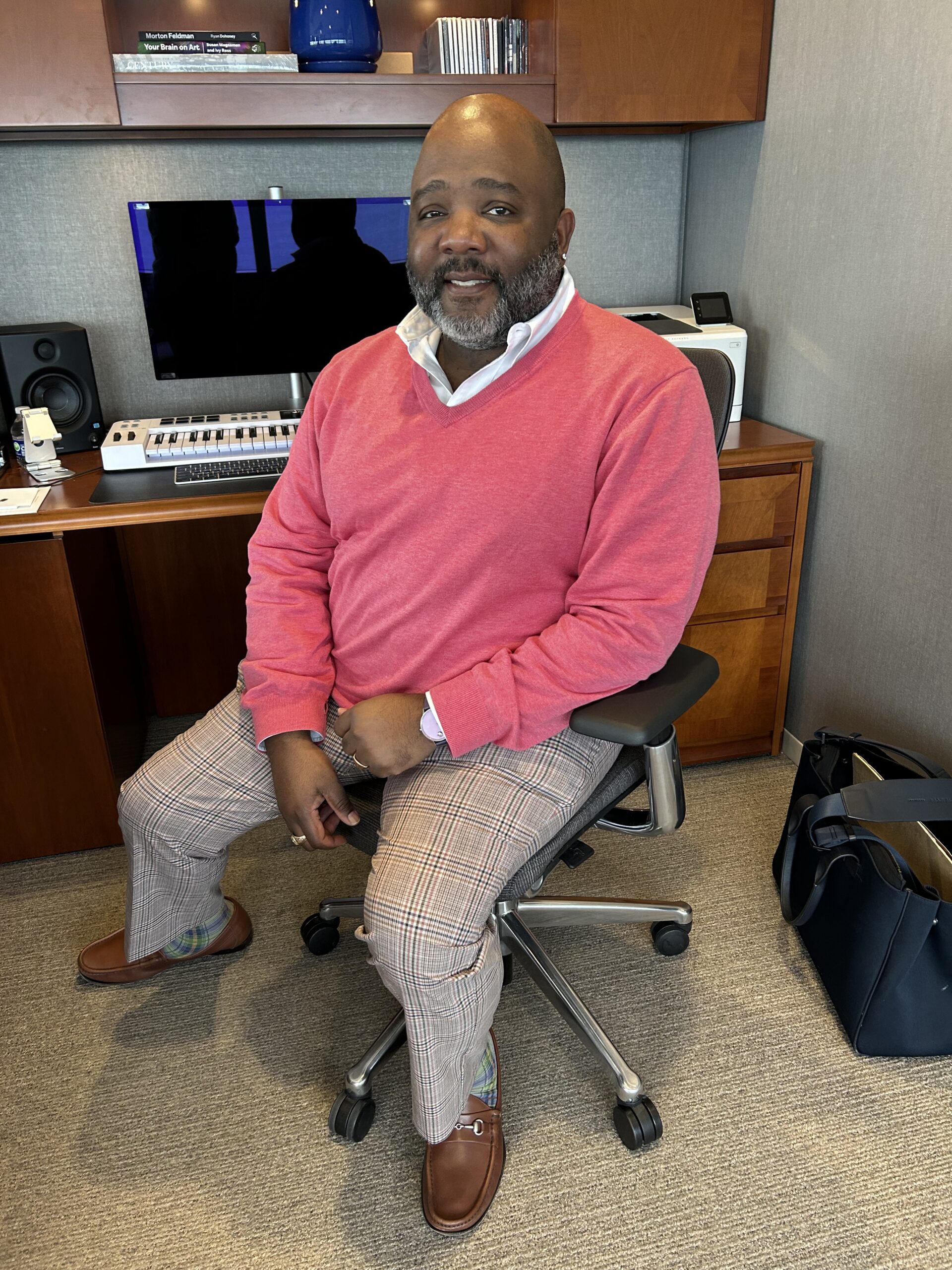Lerner Newspapers, Dec. 10, 1974
SENIOR SUICIDE.
It’s a problem most people prefer not to deal with. Perhaps that’s because the thought of old people taking their own lives rather than face the despair, loneliness and pain of aging is at odds with the notion that we live in a sensitive, supportive and life-loving society.
Just how much of a problem senior citizen suicide is, and whether community mental health clinics are doing a good job treating depression in the elderly is a matter of some dispute among local experts in gerontology, the study of aging.
But there is general agreement with Dr. Joseph Pribyl, director of the Suicide Prevention Program at Read Mental Health Center, who maintains that, “the frequency of suicide increases as age increases.”
Data from the National Center for Health Statistics for 1972 show that the rate of suicide increases steadily the older one gets, peaking at 22.2 suicides per 100,000 people in the age range 75-84.
DR. STANFORD FINKEL, psychiatric consultant for the Council for Jewish Elderly, 7457 N. Western, notes that suicide rates are highest among white, older men, falling off after the age of 55 for older women.
But Finkel and other gerontologists are also quick to mention that much suicide is reported as “accidental death,” as when an elderly person simply stops taking his or her medicine.
“The statistics would soar if they included people who just seem to give up along the way, or people who seemingly have accidents and are found dead in their apartments,” Finkel noted.
The underlying causes for suicide and despondency among the elderly are fairly obvious, say the experts. Finkel noted the difficulty older men have adjusting to retirement. Death of a spouse is a critical adjustment for older people, and the rate of suicide among men over 65 who have just lost their wife is very high, said Pribyl.
Pribyl also noted that people older than 65 tend to have fewer relatives, friends and acquaintances with which to share their burdens.
TO DR. BERTAM MOSS, chief of Geriatrics and Long Term Care for the Illinois Department of Public Health, suicidal causes among the elderly are obvious. “Despair because of their social, psychological and economic plight. One of the chief characteristics associated with depression among the aged is that they have outlived their money, and can no longer fight inflation with the income they have.”
There is also the deterioration of self-image, which social workers call “narcissistic loss,” to plague older people. Isabel Hilbourn, a veteran social worker for the Jewish Community and Family Services, 2710 Devon, described the case of a physician who has given help to others his entire life suddenly being disabled by a stroke.
“His life image has always been one of service to to others, and through that, self-esteem and independence. Now he finds he needs assistance to tie his own shoe laces or put on a shirt. He is suddenly completely dependent on others.”
Older people do not as a group seek out mental health therapy in community clinics, the experts noted, though there was little agreement as to why.
“AMONG THOSE older than 65, only one to two per cent are seen in community mental health clinics in Chicago,” while this same group comprises 25 per cent of psychiatric clinic admissions, Finkel said.
What this indicates is that “older people do not get the help they need until their condition is too far advanced to treat on an out-patient basis,” he added.
Dr. Jack Weinberg, director of the Illinois State Psychiatric Institute, explained that seniors don’t seek help at community mental health clinics because they often hold very old-fashioned notions about therapy, don’t believe in therapy or feel there is a social stigma attaching to applying for help.
But another view is that city mental health services are inadequate to serve the needs of the elderly. “In general, older people get very poor services from mental health clinics,” said Dr. Jerome Grunes, psychiatric consultant at Michael Reese and Evanston Hospitals.
Grunes said the notion that older people are poor subjects for therapy because of their “Old World” beliefs about psychiatry is “baloney.” “The elderly react to treatment as well as any other age group, when it is made available to them.”
HE CHARGED THAT most young psychiatric social workers are encouraged to work with younger people, and as a result “when older people come to clinics the staffs don’t know how to treat them. It’s my experience that older people are treated by medication rather than therapy, and are often overmedicated.”
Better mental health care for the elderly and a mandatory commitment of at least 10 per cent of an agency’s resources to the elderly are goals that the Gray Panthers and other senior activist organizations should be taking up, Grunes concluded.
While admitting that community mental health agencies do not have special units for old people, Weinberg argues that such specialized treatment is unnecessary because “seniors are treated right alongside other patients on an individualized basis. Our view is to treat all patients as individuals.”
“Treatment for depression shouldn’t be limited to the aged,” agrees Mrs. Hilburn, “because it is a universal phenomenon.”
BUT SHE DID AGREE that the elderly ought to be encouraged more actively to seek mental health therapy for their problems, and that it is important for psychiatric social workers to become more aware of the problems of the elderly.
Is the problem improving at all? Despite the dreary statistical patterns, several gerontologists offered hope that changing cultural and social attitudes about the elderly, the emergence of senior activism, and the increasing public recognition of elderly problems, may have an effect on the difficulties old people have coping in American society.
Note: “Suicide among elderly: an avoidable tragedy” won the Chicago Newspaper Guild Award for best feature story of the year in 1974.




+ There are no comments
Add yours